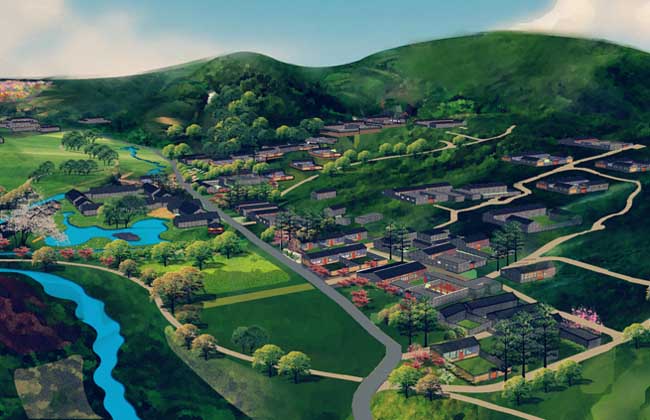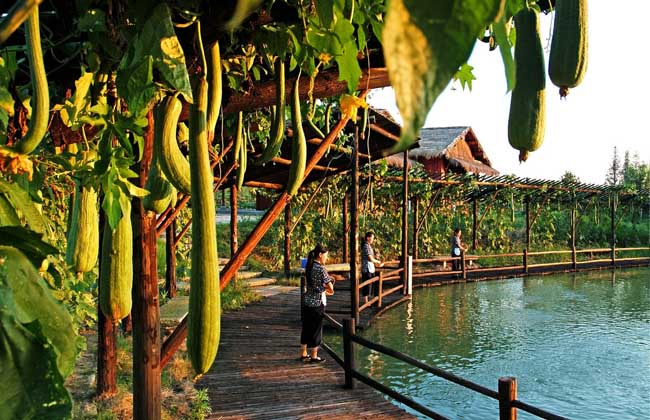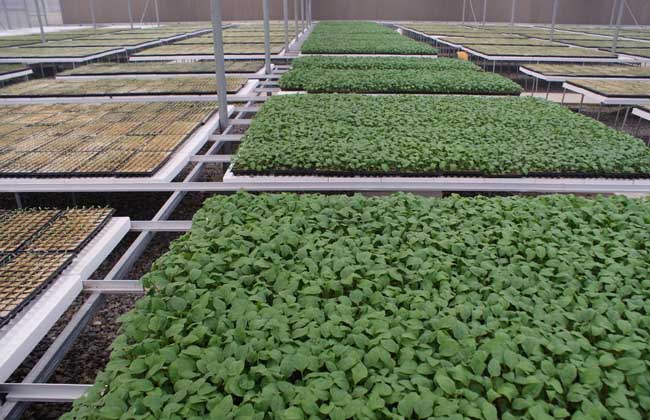Planning and Design concept of Leisure Agricultural Park

Leisure agriculture and rural tourism in China have just started. A few big cities, such as Beijing, Shanghai, Guangzhou, Shenzhen, Chengdu, Hangzhou, Wuhan, Jinan, Xi'an and so on, have successively developed a variety of rural agricultural tourism activities, such as leisure agricultural park, farm music, leisure farm, folk tourism village and so on. Let's take a look at the planning and design concept of leisure agricultural park.
Planning and Design concept of Leisure Agricultural Park
1. Development and protection at the same time: the planning and construction of leisure agricultural park, agricultural production and management, leisure experience and other activities in the park take harmonious coexistence with nature as the highest criterion, and must follow the law of natural ecology. improve the development and utilization of agriculture in the process of protecting, developing and cultivating resources and environment, so as to ensure the integrity, originality and ecology of the park landscape.
2. Community management should be carried out: leisure agricultural parks should change their previous management thinking, and conditional parks can be transformed into the extension of exquisite agricultural policies, which can change the development status of leisure agriculture in the spatial layout of "blooming everywhere". Completely put an end to the disadvantages such as picking by hanging a sign, going his own way, lack of systematic management, lack of development characteristics, lack of macro-system planning and so on.
3. The concept of embodying the characteristics: agricultural production has strong regionality and seasonality. The development of leisure and sightseeing agriculture must fully consider its location and traffic conditions according to the agricultural resources, agricultural production conditions and seasonal characteristics of each region. According to local and time conditions, highlight regional characteristics.
4. the concept of the combination of agricultural tourism: the characteristic of leisure agriculture is the combination of agriculture and tourism, leisure agriculture goes to the market through the development of tourism, establishes its own market position, improves its own value, and obtains huge economic benefits. At the same time, leisure agriculture opens up new areas for the development of tourism, enriches the connotation of tourism, and promotes the development of modern tourism.
Planning and Design principles of Leisure Agricultural Park
1. Ecology: tourism is bound to bring a lot of pollution. The production and life of the park itself need to pay attention to ecological requirements, pay attention to the governance of the environment, not to have a negative impact on itself and the surrounding areas. The ecological principle of landscape planning is the basic principle of creating a quiet, suitable and natural production and living environment of the park, and the basic basis for improving the quality of the landscape environment of the park.
2. Economy: the purpose of carrying out tourism and the transformation of the garden is to bring greater economic benefits, and economic production should be integrated into the construction of the park in the planning and design. Especially for all kinds of picking gardens, the economic benefit of picking is very high, planning and design should be able to make picking better, and pay attention to attracting tourists in non-picking season to better improve economic benefits.
3. Participation: it has become a current tourism fashion to directly participate in the experience and entertain yourself. The leisure agricultural park has a wide space, rich content and full of participatory characteristics. Only when urban tourists extensively participate in all aspects of production and life in the park, can they experience the interest of agricultural products picking and rural life at more levels, and make tourists enjoy the authentic rural cultural atmosphere.
4. Characteristic: the characteristic is the life of tourism development, and the more characteristic it is, the stronger its competitiveness and development potential will be. therefore, the planning and design should be combined with the reality of the park, clear the characteristics of resources and select the right breakthrough. make the characteristics of the whole park more distinct, and make the landscape planning serve the tourism and the park more directly.
5. Culture: usually when we talk about agriculture, we first think of its production function, but seldom think of its cultural connotation and some poems and songs derived from it. All these make it easy to ignore that agriculture is also an embodiment of culture, so the inherent cultural resources should be deeply excavated and exploited in the landscape design of the park to enhance the cultural taste of the park. in order to achieve the sustainable development of landscape resources.
6. Diversity: whether it is sightseeing tourism or thematic tourism, whether it is group tourism or individual tourism, it is necessary to provide tourists with a variety of opportunities of free choice. The diversity principle of park landscape planning requires that there must be a variety of schemes to choose from in the development of tourism products, tourism routes, tour methods, time selection and the determination of consumption level. it also requires the park variety selection and landscape resource allocation to highlight the characteristics of richness and diversity.
Related
- A course of planting techniques and methods on how to grow carrots
- How to plant the latest tulips?
- Is it better to pick tea in the morning or in the afternoon? When is the best time for tea to be picked? what is the third or fifth tea?
- Launch Yuanxiao Happy combination Haocha + Tea Yuan healthy Taste
- Penghu Tourism "Fireworks 20 Parade with You"
- 2022 West Lake Happiness holds "Digital Revitalization Voucher" and draws iphone13 and laptop.
- Banqiao Fuzhou social houses are designed to change start-up combined with police elimination to create a safe and livable environment
- The convenient measure of "mechanical weeding" in Xinbei has been abused and the Agriculture Bureau has imposed heavy penalties on the illegal land consolidation.
- Changgeng University Joins Hands with Four Memory Factories to Rescue Memory Talent Shortage
- The list of Taiwan's top 100 MVP managers is listed by the Director-General of the Farmers' Association of Sanxia District.



